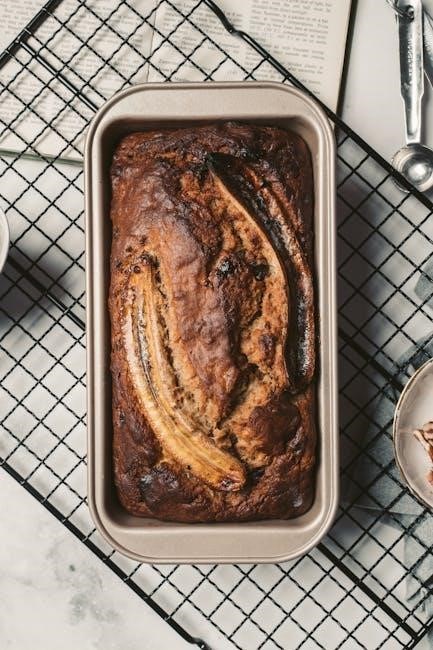Welcome to this comprehensive guide about old Chef oven manuals․ This article explores their significance, providing insights into maintenance, troubleshooting, and preserving these valuable resources for vintage appliances․
1․1․ Overview of Chef Oven Manuals
Chef oven manuals are comprehensive guides designed to help users understand and operate their appliances effectively․ These manuals typically include detailed instructions for installation, operation, and maintenance, ensuring optimal performance․ They often feature diagrams and illustrations to clarify complex procedures, making them indispensable for both novice and experienced users; Whether it’s troubleshooting common issues or understanding safety precautions, Chef oven manuals provide essential information to enhance cooking experiences․ Over time, these manuals have evolved to accommodate advancements in oven technology, offering tailored advice for specific models․ By following the guidelines outlined in these manuals, users can extend the lifespan of their ovens and ensure safe, efficient operation․
1;2․ Importance of Manuals for Old Chef Ovens
Manuals for old Chef ovens are invaluable resources for users seeking to maintain, repair, and operate their vintage appliances effectively․ These documents provide critical information about safety guidelines, maintenance routines, and troubleshooting tips specific to older models․ They often include detailed diagrams and part lists, which are essential for identifying and replacing worn or faulty components․ Without these manuals, users may struggle to understand how to properly care for their ovens, potentially leading to unsafe operating conditions or premature wear․ By preserving and consulting these manuals, users can ensure their old Chef ovens continue to function efficiently and safely, maintaining their reliability and performance over time․
1․3․ Purpose of the Article
This article aims to provide a detailed guide for understanding and utilizing old Chef oven manuals․ It seeks to empower users with the knowledge to maintain, troubleshoot, and optimize their vintage appliances effectively․ By exploring the history, components, and practical applications of these manuals, the article equips readers with the tools to preserve and make the most of their old Chef ovens․ Whether you’re a seasoned cook or a new owner of a classic oven, this guide offers insights into safety, maintenance, and repair, ensuring your appliance continues to perform at its best․ The goal is to bridge the gap between outdated manuals and modern needs, helping users extend the lifespan of their trusted ovens․
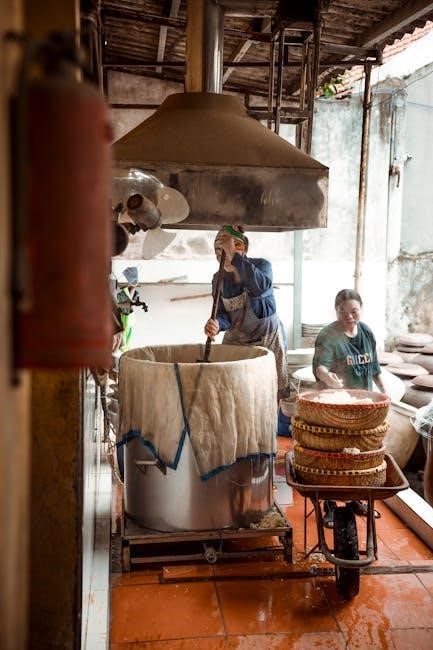
History of Chef Oven Manuals
Chef oven manuals have evolved alongside the appliances themselves, reflecting advances in design, technology, and user needs․ From basic instructions to detailed guides, they document the journey of culinary innovation․
2․1․ Evolution of Chef Oven Designs
The evolution of Chef oven designs has been marked by significant advancements in technology and functionality․ Early models were simple, with basic heating elements and minimal controls․ Over the years, ovens became more sophisticated, incorporating features like temperature regulation, multiple cooking modes, and energy efficiency․ The introduction of digital displays and smart technologies revolutionized the way users interact with their ovens․ These changes have been reflected in the design of the manuals, which have grown from simple instruction pamphlets to comprehensive guides packed with detailed information․ Each design improvement has been documented to ensure users can fully utilize their appliances․
2․2․ Development of Manuals Over Time
The development of Chef oven manuals has paralleled the advancement of oven technology․ Early manuals were concise, focusing on basic operation and safety․ As ovens became more complex, manuals expanded to include detailed instructions, troubleshooting guides, and technical specifications․ The introduction of digital controls and smart features necessitated more comprehensive documentation․ Modern manuals often feature visual diagrams, step-by-step instructions, and maintenance tips․ Over time, the format has shifted from print to digital PDFs, making them more accessible and easier to update․ This evolution ensures that users can effectively understand and utilize their ovens, regardless of the model’s age or complexity․
2․3․ Key Features of Vintage Chef Oven Manuals
Vintage Chef oven manuals are renowned for their detailed, straightforward instructions tailored to the specific needs of older models․ They often include hand-drawn diagrams, exploded views, and step-by-step guides for repairs․ These manuals emphasize safety, with clear warnings and precautions for handling vintage appliances․ They also provide practical tips for maintenance and troubleshooting, reflecting the era’s focus on durability and self-sufficiency․ The language is concise yet comprehensive, catering to both novice and experienced users․ Many vintage manuals feature high-quality paper and binding, making them durable companions for long-term use․ Their nostalgic appeal and practicality have made them highly sought after by collectors and enthusiasts of classic appliances․

Why Old Chef Oven Manuals Matter
Old Chef oven manuals provide essential information for maintaining and operating vintage appliances, ensuring safety, functionality, and longevity․ They are invaluable for preserving the performance of classic ovens․
3․1․ Safety Guidelines for Vintage Appliances
Safety guidelines in old Chef oven manuals are crucial for operating vintage appliances safely․ These manuals often include warnings about outdated materials or electrical components that may pose risks․ They provide detailed instructions on proper ventilation, temperature controls, and emergency shutdown procedures․ Adhering to these guidelines helps prevent accidents, such as fires or gas leaks․ Additionally, the manuals highlight specific precautions for older models, ensuring users are aware of potential hazards unique to their appliance․ By following these guidelines, users can enjoy their vintage ovens while maintaining a safe cooking environment․ Ignoring these instructions could lead to dangerous situations, making the manual an indispensable resource for safe operation․
3;2․ Troubleshooting Common Issues
Old Chef oven manuals provide detailed troubleshooting guides to address common issues with vintage appliances․ These manuals help users identify problems such as uneven heating, faulty thermostats, or ignition malfunctions․ They offer step-by-step solutions, ranging from simple DIY fixes to more complex repairs requiring professional assistance․ By following the manual’s troubleshooting section, users can diagnose and resolve issues efficiently, preventing further damage to the oven․ These guides are invaluable for maintaining the appliance’s functionality and ensuring optimal performance․ Regular reference to the manual can help extend the lifespan of the oven and avoid costly repairs․ Reliance on these troubleshooting tips is essential for preserving the integrity and efficiency of vintage Chef ovens․
3․3․ Maintenance Tips from the Manual
Old Chef oven manuals offer practical maintenance tips to ensure the longevity and optimal performance of your vintage appliance․ Regular cleaning of the oven interior, racks, and exterior surfaces is essential to prevent grease buildup and maintain hygiene․ Manuals also recommend inspecting and replacing worn-out seals to retain heat and improve energy efficiency․ Additionally, they advise scheduling annual servicing by a professional to check internal components like heating elements and gas lines․ Seasonal checks for proper ventilation and flame stability are also highlighted․ By following these maintenance routines, users can preserve their oven’s functionality and ensure safe, efficient operation․ These tips are tailored to the specific needs of vintage Chef ovens, making them indispensable for owners․
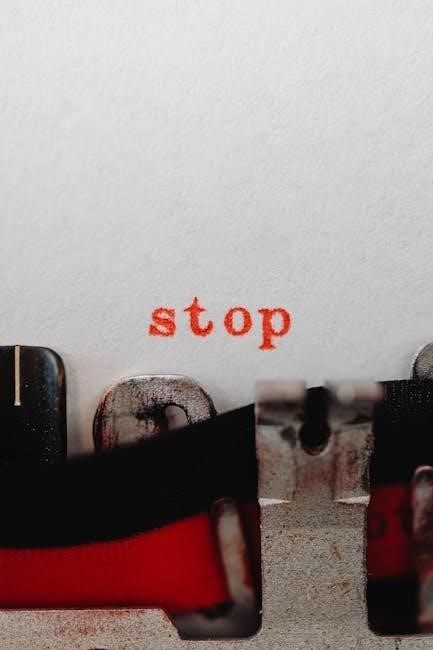
How to Find Old Chef Oven Manuals
Locating old Chef oven manuals is straightforward by exploring official manufacturer websites, online archives, and community forums․ These resources often provide free PDF downloads, ensuring easy access to essential guidelines and diagrams․
4․1․ Official Manufacturer Resources
The manufacturer’s official website is often the first and most reliable source for old Chef oven manuals․ Many companies maintain an extensive archive of past models, offering free PDF downloads․ Users can typically find these by visiting the support section of the website and using the search function to input their specific oven model․ Additionally, some manufacturers provide a dedicated manuals download page, organized by product type or release year․ If the manual is not readily available, reaching out to customer service can be effective, as they may have access to archived documents or can guide you to the right resource․ This method ensures authenticity and accuracy, making it the preferred choice for locating vintage manuals․
4․2․ Online Archives and PDF Repositories
Numerous online archives and PDF repositories specialize in hosting user manuals for various appliances, including vintage Chef ovens․ Websites like Scribd, ManualsLib, and ManualsOnline often have extensive collections of oven manuals available for free download․ Users can search these platforms by the oven model number, brand, or year of manufacture․ Additionally, some specialized forums and retro appliance communities share scanned copies of manuals uploaded by enthusiasts․ When using these resources, ensure the document matches your oven model for accuracy․ These platforms are invaluable for accessing hard-to-find manuals, especially when official sources are unavailable․ Always verify the source’s reliability to avoid outdated or incorrect information․
4․3․ Community Forums and User-Sharing Platforms
Community forums and user-sharing platforms have become vital resources for locating old Chef oven manuals․ Websites like Reddit (e․g․, r/ApplianceManuals) and Facebook groups dedicated to vintage appliances often host user-shared manuals․ Platforms such as Nextdoor or local buy/sell/trade groups may also yield results, as enthusiasts often share or trade manuals․ Additionally, specialized cooking forums frequently have threads where members upload and share PDF copies of manuals․ These communities are not only helpful for finding manuals but also for gaining insights and tips from experienced users․ Always verify the authenticity of shared documents to ensure accuracy and safety․ Engaging with these forums fosters a sense of collaboration and mutual support among appliance enthusiasts․
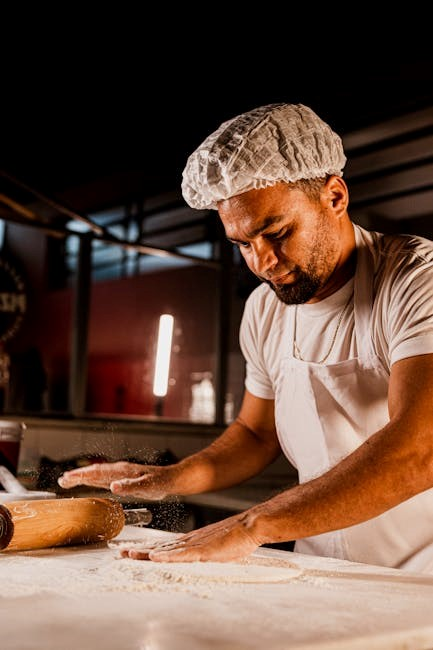
Understanding Your Old Chef Oven Manual
Your old Chef oven manual is a comprehensive guide, detailing installation, operation, and maintenance․ It includes technical specifications, safety precautions, and troubleshooting tips, serving as an invaluable resource․
5․1․ Components of the Manual
Your old Chef oven manual typically includes essential sections like safety precautions, installation guidelines, and operating instructions․ It also features detailed diagrams, parts lists, and troubleshooting charts․ Additionally, the manual provides maintenance schedules, warranty information, and technical specifications․ These components ensure comprehensive understanding and proper usage of your vintage oven․ The manual may also include appendices with conversion tables or error codes, making it a complete resource for owners․ By familiarizing yourself with these components, you can maximize the manual’s utility and keep your oven in optimal condition․ This structured approach ensures all aspects of oven care and operation are covered․
5․2․ Reading the Technical Specifications
Understanding the technical specifications in your old Chef oven manual is crucial for optimal performance․ These specs outline power requirements, dimensions, weight, and operational limits․ Key details include voltage, wattage, and maximum temperature settings․ Additionally, they specify compatible cookware types and recommended clearance distances for safe installation․ Paying attention to these details ensures your oven operates within its designed parameters, preventing overheating or damage․ The specifications also guide maintenance intervals and compatible replacement parts․ By thoroughly reviewing this section, you can ensure your vintage oven runs efficiently and safely, avoiding common issues related to misuse․ This information is vital for both novice and experienced users seeking to preserve their appliance’s functionality and longevity․
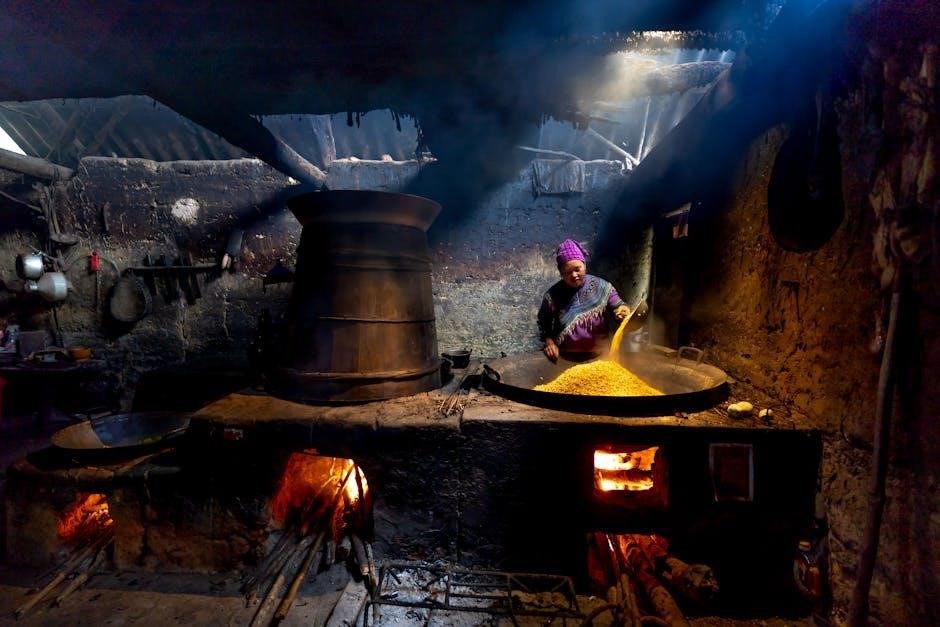
5․3․ Decoding Diagrams and Illustrations
Diagrams and illustrations in old Chef oven manuals are essential for understanding complex concepts visually․ These visuals often depict internal components, wiring layouts, and assembly instructions․ They help users identify parts, troubleshoot issues, and perform repairs accurately․ Color-coded keys or symbols may accompany these diagrams, providing clarity on connections or safety precautions․ By studying these visuals, you can better grasp the oven’s structure and function․ Always cross-reference diagrams with written instructions to ensure proper interpretation․ These illustrations are invaluable for DIY maintenance and repairs, especially for those unfamiliar with the oven’s mechanics․ They simplify technical information, making it accessible to all users․
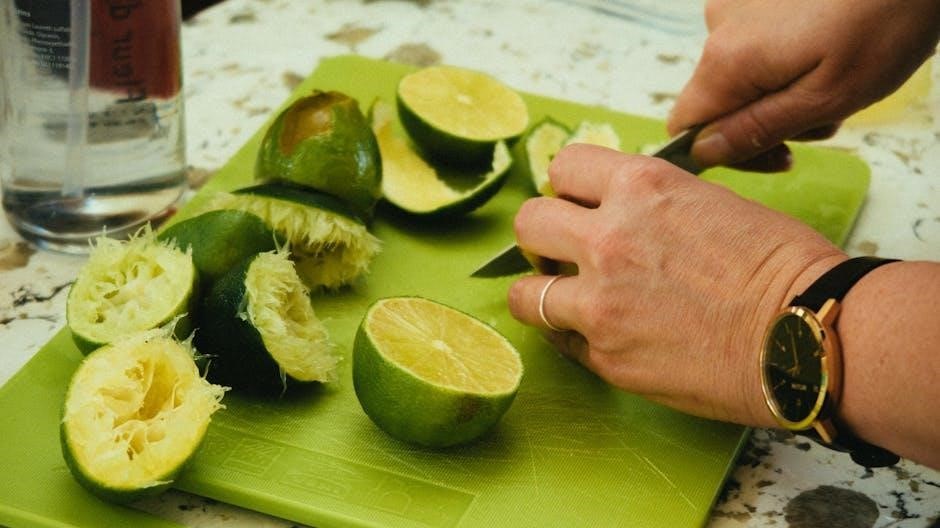
Safety Precautions in Old Chef Oven Manuals
Safety precautions in old Chef oven manuals are crucial for preventing accidents and ensuring proper usage․ They highlight potential hazards and provide guidelines for safe operation, maintenance, and repair․
6․1․ General Safety Guidelines
General safety guidelines in old Chef oven manuals emphasize precautions to ensure safe operation․ These include turning off the oven before cleaning, avoiding overheating, and keeping children away․ Proper ventilation is stressed to prevent gas buildup․ Users are advised to wear protective gear like oven mitts and eyewear․ Additionally, manuals warn against using damaged or frayed cords and recommend regular inspections of heating elements․ Adhering to these guidelines helps prevent accidents and prolongs the oven’s lifespan․ Always follow the manual’s instructions for specific safety measures tailored to your model․
6․2․ Precautions for Specific Oven Models
Old Chef oven manuals often include model-specific precautions to address unique features or potential hazards․ For example, gas-powered ovens may require checking the pilot light before use, while electric models might warn against overheating․ Certain models may advise against using metal utensils near heating elements or recommend avoiding high-temperature cleaning products․ Additionally, some manuals specify precautions for dual-fuel ovens, ensuring proper ventilation when switching between gas and electric modes․ Always refer to your manual for model-specific safety tips, as these guidelines are tailored to your oven’s design and functionality․ Ignoring these precautions could lead to damage or safety risks․
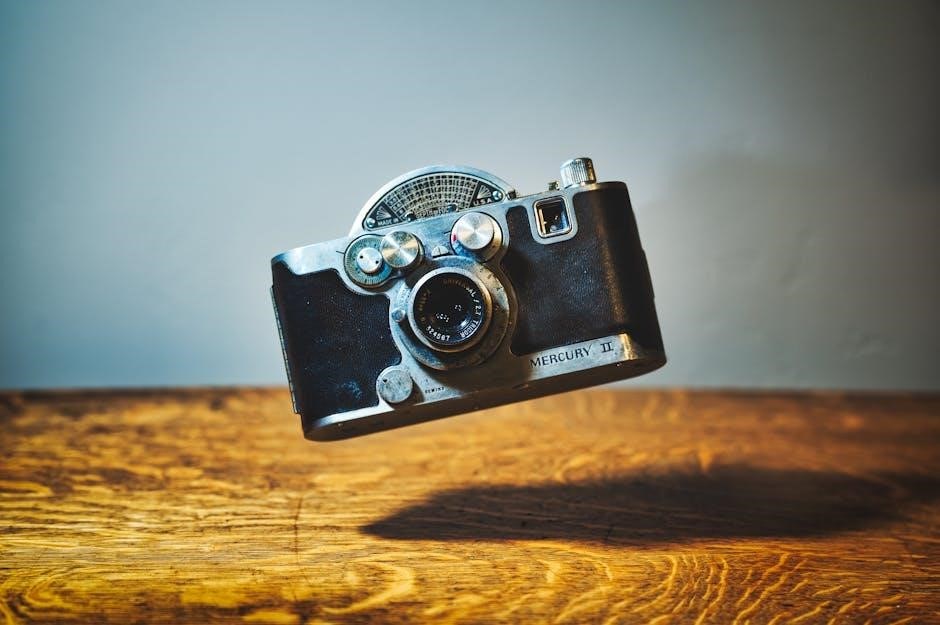
Tips for Maintaining Your Old Chef Oven
Regularly clean racks and walls to prevent grime buildup․ Check seals for wear and replace if necessary․ Ensure proper ventilation for efficient performance and safety․
7․1․ Cleaning and Sanitizing the Oven
Cleaning and sanitizing your old Chef oven is essential for maintaining its performance and hygiene․ Start by removing racks and shelves, washing them in warm soapy water․ Wipe the oven interior with a damp cloth, avoiding harsh chemicals that could damage surfaces․ For tough grime, mix baking soda and water to create a paste, applying it overnight before scrubbing gently․ Regular cleaning prevents grease buildup and ensures even heating․ Always dry surfaces thoroughly after cleaning to prevent rust․ Refer to your manual for specific cleaning recommendations tailored to your oven model․ Consistent upkeep will extend the life of your appliance and keep it operating safely and efficiently․
7․2․ Regular Maintenance Checks
Regular maintenance checks are crucial for ensuring your old Chef oven operates efficiently and safely․ Start by inspecting the door seals for wear, as damaged seals can lead to heat loss․ Check the heating elements for visible damage or wear․ Clean or replace faulty components promptly․ Examine the control knobs and panels to ensure they function correctly․ Look for signs of rust or corrosion on the exterior and interior surfaces․ Always refer to your manual for specific maintenance schedules and guidelines․ By performing these checks, you can prevent potential issues, extend the oven’s lifespan, and maintain optimal performance․ Consistent upkeep ensures reliability and safety, keeping your vintage appliance in top condition․
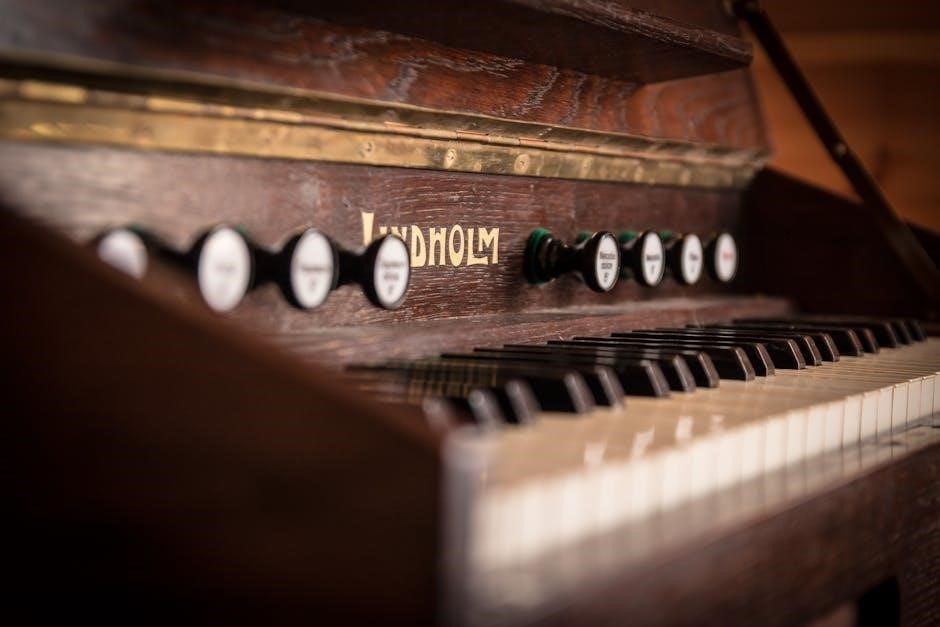
Troubleshooting Common Issues
This section addresses frequent problems encountered with old Chef ovens, offering practical solutions and repair tips to restore functionality and ensure safe operation of your vintage appliance․
8․1․ Identifying Faulty Parts
Identifying faulty parts in your old Chef oven is crucial for effective repairs․ Start by referencing your manual to understand the oven’s components and their functions․ Common issues include faulty heating elements, malfunctioning thermostats, or worn-out seals․ Visual inspection and testing can help pinpoint problems․ For example, a broken heating element may appear warped or non-glowing․ Always unplug the oven before inspecting internal parts․ Use a multimeter to test electrical components for continuity․ Consult the manual’s troubleshooting guide for specific symptoms and solutions․ If unsure, compare your findings with diagrams in the manual to confirm suspicions․ This step ensures accurate diagnoses and prevents further damage․
8․2․ DIY Repairs vs․ Professional Help
Deciding between DIY repairs and professional help for your old Chef oven requires careful consideration․ Simple fixes like cleaning or replacing seals can often be done with guidance from your manual․ However, complex issues like electrical malfunctions or gas line problems may require professional expertise․ Assess your comfort level and the tools available․ DIY repairs can save money but may pose safety risks if mishandled․ For critical components, consulting a professional ensures safety and compliance with appliance standards․ Always prioritize safety, especially with vintage models, where outdated parts may complicate repairs․ Use your manual to determine the severity of the issue and decide the best course of action․

Converting Old Chef Oven Manuals to Digital Format
Converting old Chef oven manuals to digital format preserves them for easy access and future reference, blending tradition with modern convenience․
9․1․ Scanning and Saving as PDF
To digitize your old Chef oven manual, start by gathering a flatbed scanner, a computer, and PDF creation software․ Ensure the manual is clean and flat for optimal scanning․ Scan each page at a high resolution (300 DPI) in color or grayscale, depending on the content․ Save the scanned images as a single PDF document using software like Adobe Acrobat or free tools like Smallpdf․ Organize the PDF with clear bookmarks or a table of contents for easy navigation․ Finally, save the file with a descriptive name, such as “Chef_Oven_Manual_ModelXYZ․pdf,” and store it in a secure, easily accessible location like cloud storage or an external drive․
9․2․ Organizing Digital Manuals for Easy Access
Organizing your digital Chef oven manuals ensures quick access and reduces clutter․ Create a dedicated folder on your computer or cloud storage, naming it clearly, such as “Chef Oven Manuals․” Subfolders can be organized by model numbers or publication years․ Use descriptive filenames for each PDF, including the model and year, e․g․, “Chef_Oven_1234_2020․pdf․” Consider adding tags or metadata for searchability․ Backup your files regularly to an external drive or cloud service․ Additionally, create shortcuts or bookmarks for frequently accessed manuals․ For sharing, compile multiple manuals into a single ZIP file with a contents list․ This system ensures your manuals are safeguarded, easily retrievable, and user-friendly․
10․1․ Final Thoughts on the Importance of Manuals
Old Chef oven manuals are indispensable resources for ensuring safety, efficiency, and longevity of vintage appliances․ They provide critical guidance for troubleshooting, maintenance, and optimal performance, making them essential for both novice and experienced users․ Beyond practicality, these manuals often hold sentimental value, serving as a connection to past culinary traditions and kitchen heritage․ By preserving and utilizing these manuals, users can extend the lifespan of their ovens while maintaining their original functionality․ This final section underscores the enduring relevance of old Chef oven manuals in modern kitchens, encouraging users to cherish and utilize them for years to come․
10․2․ Encouragement to Preserve and Use Old Manuals
Preserving old Chef oven manuals is a wise investment for any homeowner or chef․ These documents are not just historical artifacts but practical tools that ensure your appliance operates safely and efficiently․ By keeping them handy, you can avoid costly repairs and maintain your oven’s performance․ Additionally, sharing these manuals with others helps build a community of resourceful cooks and appliance enthusiasts․ Whether you’re restoring a vintage oven or passing down a family heirloom, these manuals are invaluable․ Take the time to digitize, organize, and share them—your future self and others will thank you․ Embrace the tradition of preserving knowledge and keep your kitchen running smoothly for generations․
